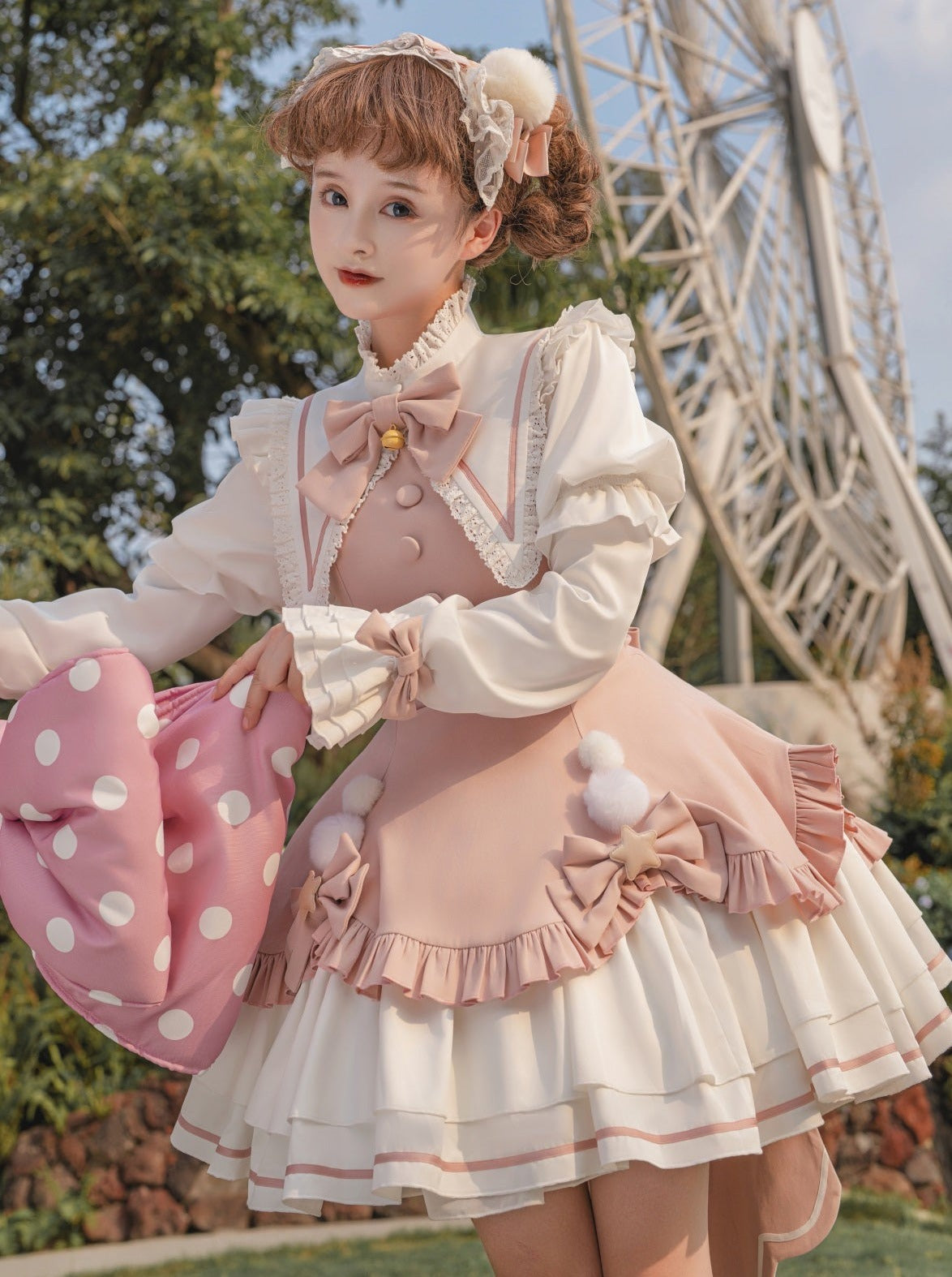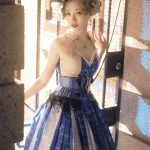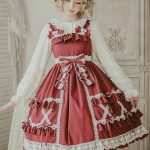Introduction to Lolita Fashion
Origins of Lolita Style
Lolita fashion is a unique and enchanting subculture that originated in Japan during the late 20th century. It draws inspiration from the Rococo and Victorian eras, emphasizing elaborate and feminine designs. The fashion movement began as a rebellion against conventional norms, promoting self-expression and an appreciation for elegance. Understanding the origins of Lolita fashion provides valuable context for its enduring appeal and distinctive style.
Lolita fashion emerged in the 1980s, primarily influenced by Japanese street fashion and the rise of J-pop culture. Brands like Baby, The Stars Shine Bright, and Angelic Pretty played pivotal roles in popularizing the style. These brands focused on creating garments that combine historical elements with contemporary flair. Lolita fashion quickly gained a dedicated following, with enthusiasts embracing the intricate designs and whimsical aesthetics.
Moreover, Lolita fashion emphasizes modesty and femininity, contrasting with the more revealing trends of mainstream fashion. This focus on modesty often includes wearing petticoats, bloomers, and accessories that create a layered and voluminous silhouette. The elegance and attention to detail distinguish Lolita fashion from other subcultures, making it a unique and recognizable style.
Understanding the origins of Lolita fashion helps appreciate its cultural significance and artistic influence. The fusion of historical elements and modern creativity results in a distinctive and captivating fashion movement that continues to inspire enthusiasts worldwide.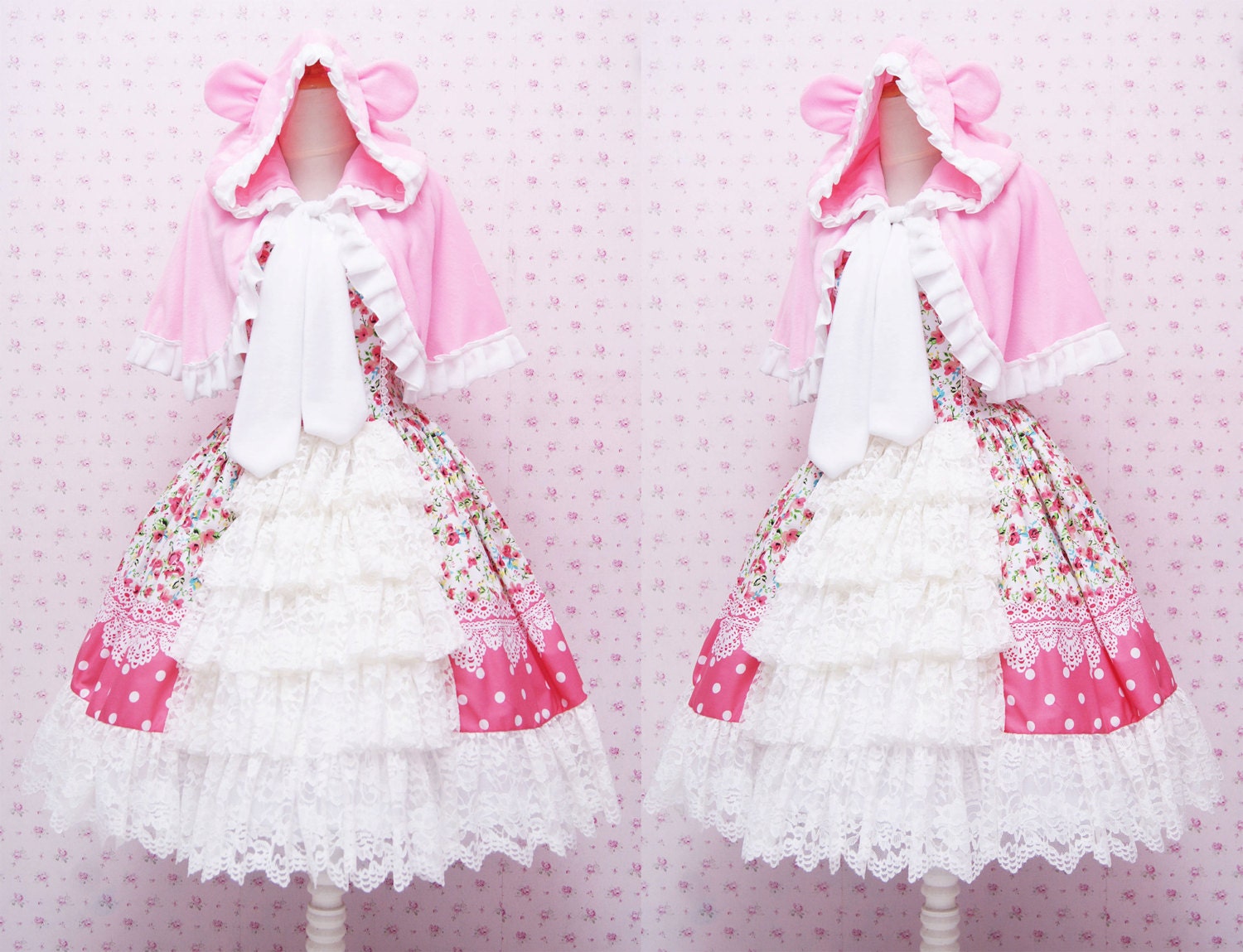
The Appeal of Lolita Dresses
Lolita style dresses hold a special allure, captivating those who appreciate intricate designs, artistic expression, and a touch of whimsy. These dresses embody the essence of Lolita fashion, featuring elaborate details and high-quality craftsmanship. The appeal of Lolita dresses lies in their ability to transform the wearer into a vision of elegance and fantasy, evoking a sense of nostalgia and enchantment.
One of the key elements of Lolita dresses is their meticulous attention to detail. Ruffles, lace, bows, and embroidery are common features, adding texture and visual interest. The fabrics used, such as cotton, chiffon, and velvet, further enhance the luxurious and sophisticated appearance. This dedication to craftsmanship ensures that each dress is a work of art, reflecting the designer’s commitment to excellence.
Lolita dresses also offer a sense of escapism, allowing wearers to step into a world of fantasy and imagination. The styles often draw inspiration from fairy tales, classic literature, and historical fashion, creating a magical and otherworldly aesthetic. This element of fantasy appeals to those who enjoy dressing up and expressing their individuality through fashion.
Moreover, Lolita fashion fosters a sense of community among its enthusiasts. Lolitas often gather at meetups, tea parties, and conventions to share their love for the fashion. These events provide a platform for showcasing their outfits, exchanging styling tips, and celebrating their shared passion. The camaraderie and mutual appreciation within the community enhance the overall experience of wearing Lolita dresses.
Understanding the appeal of Lolita dresses highlights their unique blend of artistry, fantasy, and community. These elements combine to create a captivating and beloved fashion movement that continues to enchant and inspire.
Components of a Lolita Dress
Essential Elements
Lolita dresses are characterized by several essential elements that define the style and create the iconic silhouette. Understanding these components is crucial for appreciating the complexity and beauty of Lolita fashion.
- Petticoat: A voluminous petticoat is a fundamental component of Lolita fashion, providing the distinctive bell-shaped silhouette. Petticoats are worn underneath the dress to add volume and ensure the skirt flares out gracefully. They come in various lengths and levels of fullness, allowing for customization based on personal preference and dress style.
- Bodice: The bodice of a Lolita dress is often fitted and features intricate detailing, such as lace, ribbons, and buttons. The bodice may include a corset-style design or incorporate shirring for a more adjustable fit. The neckline and sleeves also vary, ranging from high collars and puffed sleeves to square necklines and short sleeves.
- Skirt: The skirt is a defining feature of a Lolita dress, typically designed to be knee-length or slightly below. It often includes multiple layers of fabric, ruffles, and lace trim to create a full and elegant appearance. The skirt may also feature prints or embroidery, adding visual interest and enhancing the overall aesthetic.
- Accessories: Accessories are essential for completing the Lolita look, adding the finishing touches that enhance the outfit. Common accessories include headbands, bonnets, bows, gloves, and parasols. These items contribute to the cohesive and elaborate appearance characteristic of Lolita fashion.
Understanding the essential elements of a Lolita dress provides insight into the complexity and craftsmanship involved in creating these garments. Each component contributes to the overall aesthetic, ensuring the dress exudes grace and sophistication.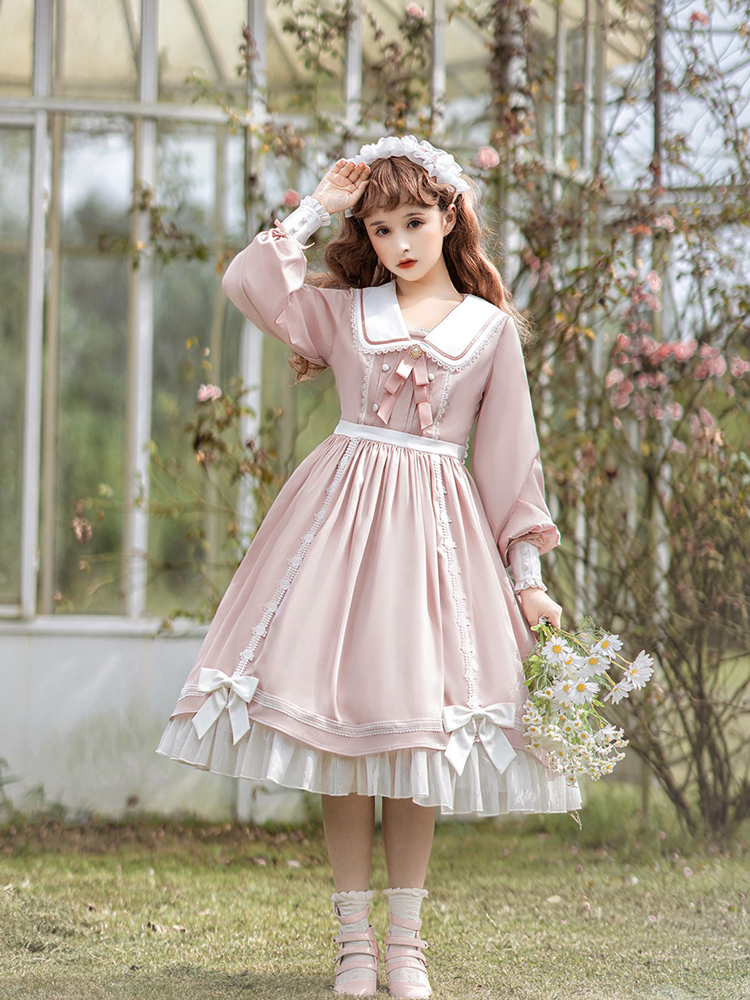
Types of Lolita Dresses
Lolita fashion encompasses various styles, each with its unique characteristics and themes. Understanding the different types of Lolita dresses allows for a deeper appreciation of the diversity within the fashion movement.
- Sweet Lolita: Sweet Lolita is characterized by its emphasis on pastel colors, cute prints, and youthful motifs. Common themes include desserts, fairy tales, and animals. Sweet Lolita dresses often feature abundant ruffles, bows, and lace, creating a whimsical and playful appearance.
- Gothic Lolita: Gothic Lolita combines the elegance of Lolita fashion with darker, more somber themes. This style often includes black and deep jewel tones, with motifs such as crosses, roses, and bats. Gothic Lolita dresses are typically more understated in their detailing, focusing on dramatic silhouettes and intricate fabric patterns.
- Classic Lolita: Classic Lolita strikes a balance between Sweet and Gothic Lolita, offering a timeless and elegant aesthetic. This style often incorporates muted colors, such as ivory, navy, and burgundy, with floral prints and vintage-inspired designs. Classic Lolita dresses emphasize sophistication and grace, with a focus on high-quality fabrics and subtle detailing.
- Punk Lolita: Punk Lolita merges the rebellious spirit of punk fashion with the elegance of Lolita. This style often includes tartan patterns, safety pins, and unconventional accessories, such as spiked headbands or studded belts. Punk Lolita dresses typically feature a mix of structured and deconstructed elements, creating a unique and edgy appearance.
Understanding the different types of Lolita dresses highlights the versatility and creativity within the fashion movement. Each style offers a distinct aesthetic, allowing for personal expression and exploration of various themes.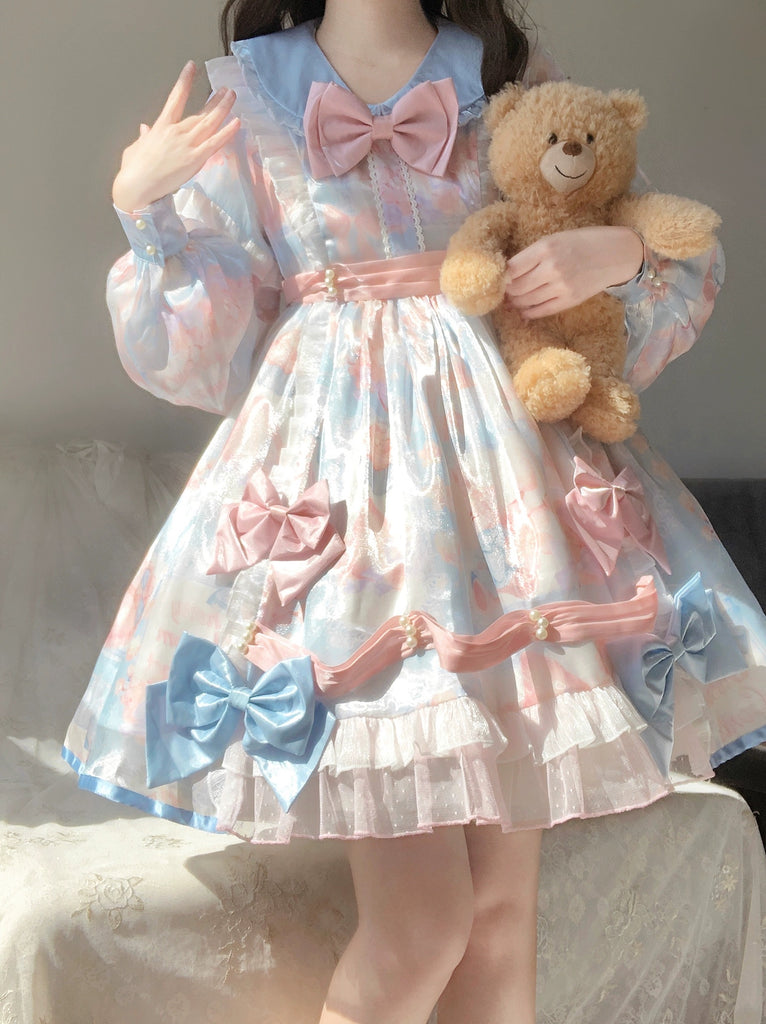
Styling and Wearing Lolita Dresses
Coordinating Your Outfit
Coordinating a Lolita outfit involves more than just choosing a dress; it requires careful consideration of all elements to create a cohesive and harmonious look. Here are some tips for effectively coordinating your Lolita ensemble:
- Color Palette: Start by selecting a color palette that complements the dress and maintains a consistent theme. Consider the dominant colors in the dress and choose accessories and footwear that harmonize with these hues. This approach ensures a balanced and visually pleasing outfit.
- Accessories: Accessories are crucial for adding depth and character to a Lolita outfit. Coordinate headwear, such as headbands, bonnets, or bows, with the dress and overall theme. Incorporate additional accessories like gloves, jewelry, and parasols that enhance the aesthetic without overwhelming the look.
- Footwear and Legwear: Select footwear that complements the style and color of the dress. Common choices include Mary Janes, tea party shoes, and Victorian-style boots. Pair these with matching legwear, such as lace-topped socks, patterned tights, or knee-high socks, to complete the outfit.
- Hairstyles and Wigs: Your hairstyle or wig should coordinate with the overall look and theme of the outfit. Consider elaborate updos, curls, or braids that enhance the elegance of the dress. If you choose to wear a wig, ensure it is styled and maintained to complement the outfit’s aesthetic.
Understanding how to coordinate your Lolita outfit ensures a cohesive and polished appearance. Each element should work together to create a harmonious and visually appealing ensemble.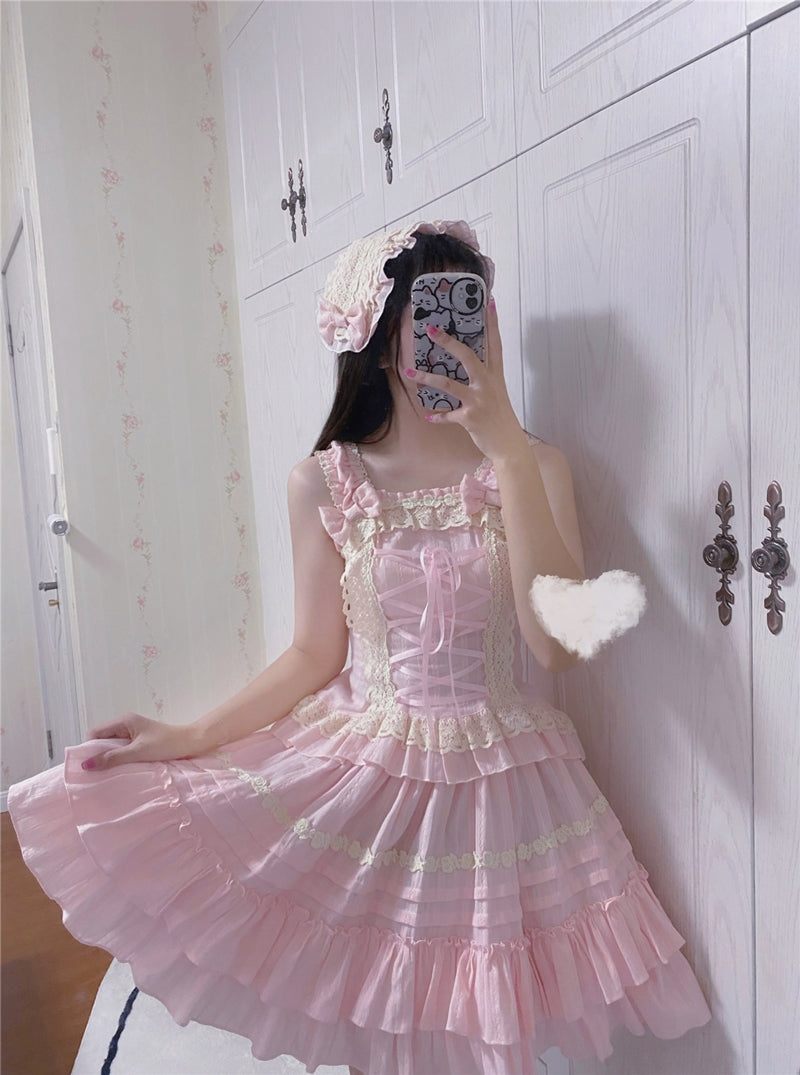
Wearing Lolita Confidently
Wearing a Lolita dress involves more than just donning the outfit; it requires confidence and poise to fully embody the style. Here are some tips for wearing Lolita fashion confidently:
- Embrace the Style: Fully embrace the whimsical and elegant nature of Lolita fashion. Confidence comes from truly enjoying the process of dressing up and expressing yourself. Remember that Lolita fashion is about self-expression and creativity.
- Practice Good Posture: Good posture enhances the overall appearance of a Lolita outfit, adding to the grace and elegance. Stand tall, keep your shoulders back, and maintain a gentle and composed demeanor. This poise complements the refined aesthetic of Lolita fashion.
- Engage with the Community: The Lolita fashion community is a supportive and enthusiastic group. Engage with fellow Lolitas through meetups, social media, and events. Sharing your passion with others who appreciate the fashion can boost your confidence and provide a sense of belonging.
- Be Prepared for Attention: Lolita fashion often attracts attention due to its distinctive and elaborate appearance. Be prepared for compliments and curious questions. Respond with confidence and educate others about the beauty and intricacies of Lolita fashion.
Understanding how to wear Lolita confidently enhances the overall experience. Embracing the style with pride and poise ensures you make a lasting impression and fully enjoy the enchanting world of Lolita fashion.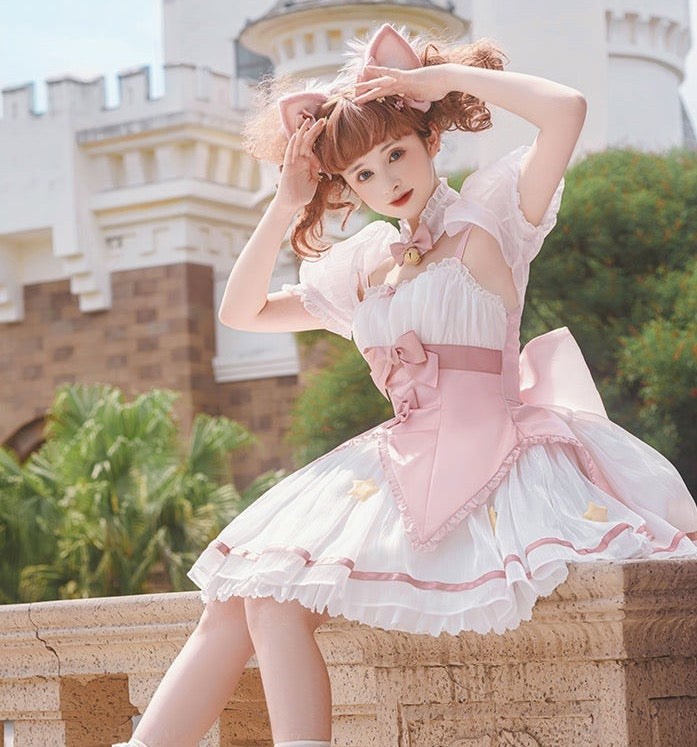
Conclusion: The Allure of Lolita Dresses
Lolita style dresses embody a unique blend of artistry, fantasy, and elegance, captivating those who appreciate intricate designs and self-expression. Understanding the origins and appeal of Lolita fashion provides valuable context for its enduring popularity. By exploring the essential elements and various types of Lolita dresses, one can appreciate the complexity and creativity involved in this enchanting fashion movement.
Coordinating a Lolita outfit involves careful consideration of color palettes, accessories, footwear, and hairstyles, ensuring a cohesive and visually pleasing ensemble. Wearing Lolita confidently enhances the overall experience, allowing you to fully embrace the whimsical and sophisticated nature of the style.
Lolita fashion fosters a sense of community and shared passion, bringing together enthusiasts who appreciate the elegance and intricacy of the style. Engaging with this community and attending events further enriches the experience, offering opportunities to share, learn, and celebrate the beauty of Lolita fashion.
Understanding and mastering the art of Lolita fashion allows you to step into a world of elegance, creativity, and fantasy. Whether you are a seasoned Lolita enthusiast or new to the fashion, embracing the allure of Lolita style dresses ensures a captivating and enchanting experience.
